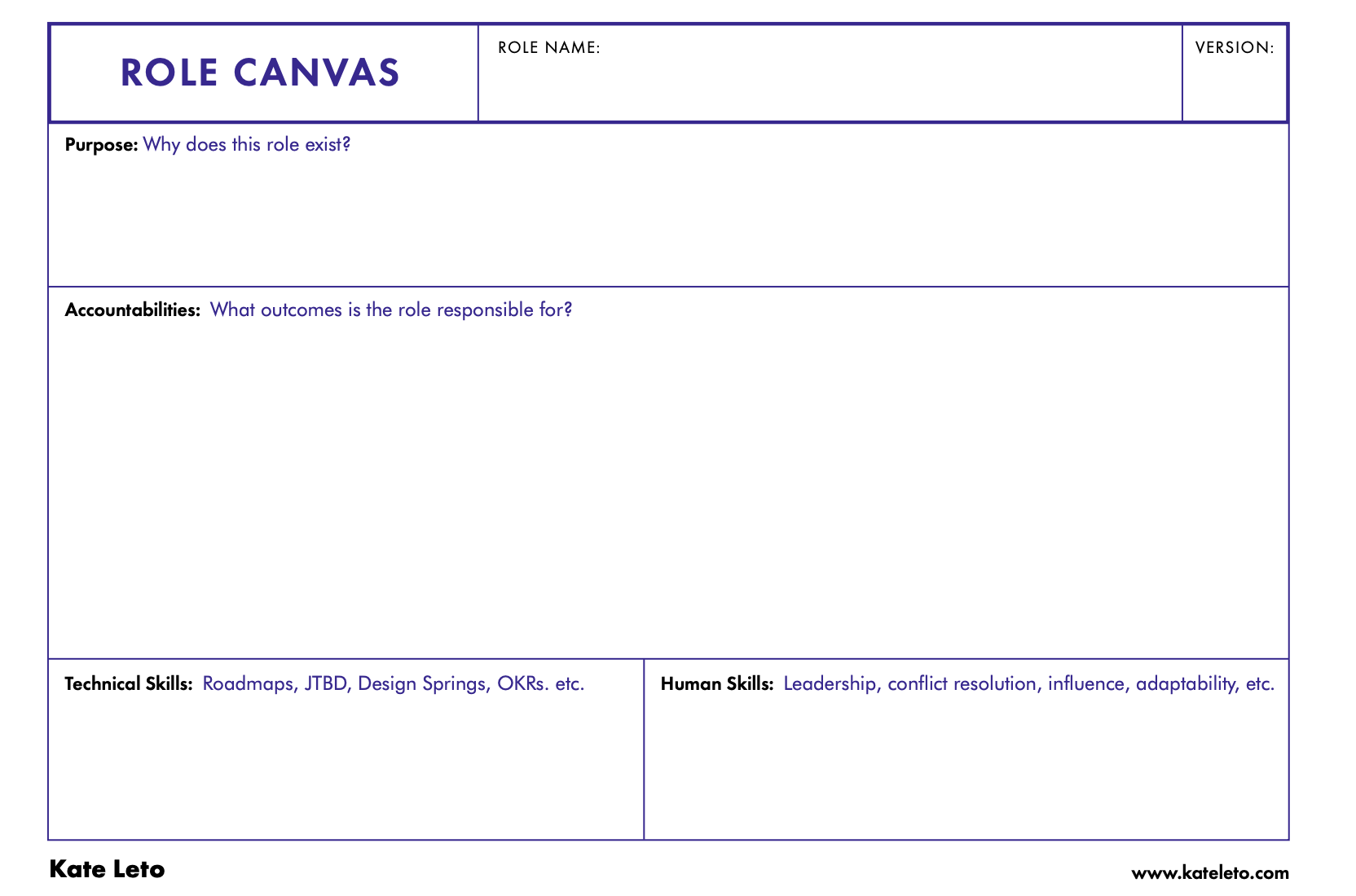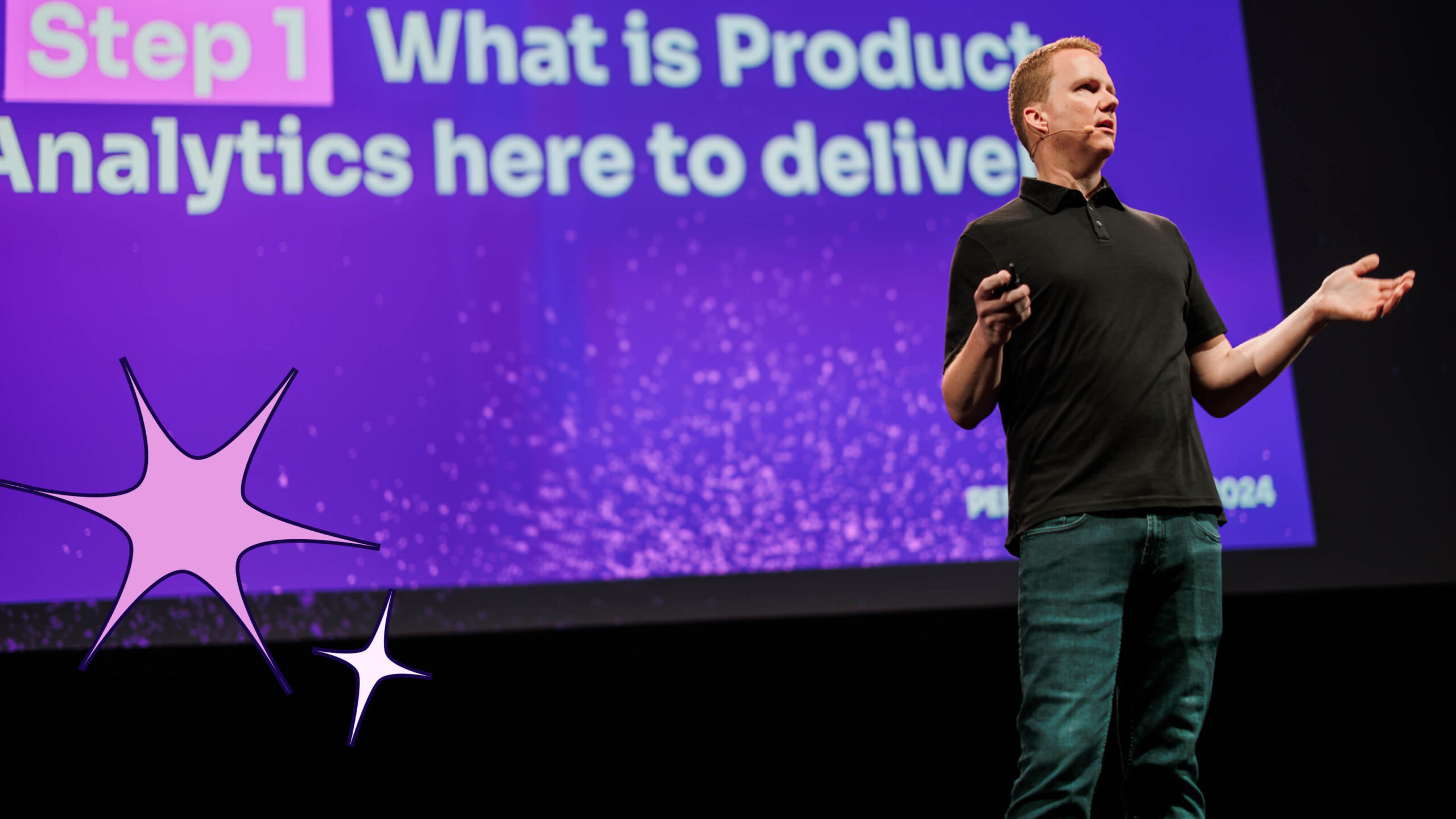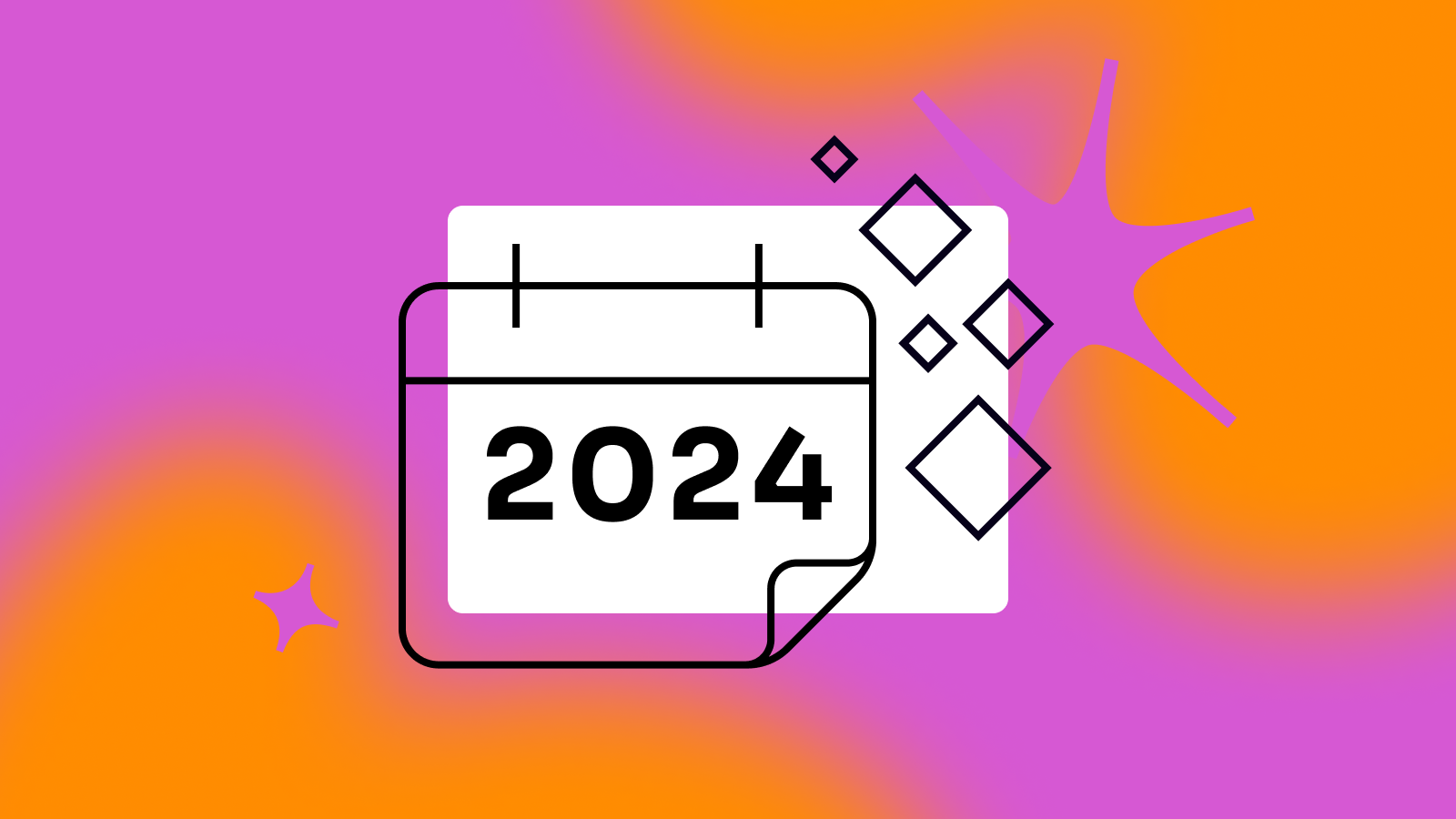Editor’s note: The following is an excerpt from the new book, “Hiring Product Managers: Using Product EQ to Go Beyond Culture and Skills,” by Kate Leto.
For many in product management, success comes from mastery of tools like roadmaps, MVPs, strategy frameworks, and OKRs. These and other technical skills describe what a product person does to design, build, and support new complex technologies for our users. But as technologies quickly become ubiquitous, it’s the human approach to creativity, innovation, decision-making, and leadership that makes the difference in whether an individual, team, product, and even organization is successful or not. These human skills describe how a product person works and must go hand-in-hand with the technical skills.
In the book, “Hiring Product Managers: Using Product EQ to go beyond culture and skills,” author and coach Kate Leto tells the story of a new director of product’s missteps as he and his team try to hire their way to become a thriving product organization at a global financial services firm. Leto pulls from her experience in product management, org design, and leadership coaching to introduce practical tools that will change not only how an organization hires, but how they think of a healthy product management culture and essential product skills.
The first step in the team’s journey existed in an unlikely place—the job description. For many, creating a job description is just a knee-jerk reaction to discussions on hiring someone new or getting that prized new headcount allocation. However, how a job description is created, the language used in the description, and the requirements outlined provide great insights into how a company really thinks of the position. If designed well, the job description can lay the groundwork for building or enhancing a great team.
In the following excerpt from “Hiring Product Managers,” the team is introduced to the Role Canvas; a tool designed to help organizations shift thinking from a tactical job description focused on “must-haves” and “nice-to-haves” to a meaningful, relevant role that is focused on purpose, technical and human skills. The following excerpt describes how the Role Canvas can be used in a collaborative working session with a hiring team and stakeholders or as a tool for individual self-reflection.
To download the Role Canvas, go to https://www.kateleto.com/tools-and-practices or view below.

Chapter 3: Using the Role Canvas
We started out by holding a role creation workshop for the new senior product manager position that New Star was looking to add to one of its teams. The session was attended by all the members of this cross-functional team—including the current product manager, engineers, designer, and data analyst. Pete (the director of product), Sarah (Pete’s manager), and the group’s recruiter also joined—about 10 people total. To help facilitate the session, I introduced a tool called the Role Canvas.
The Role Canvas is based on four fundamental questions. By answering each question, a new piece of the role becomes clearer for the hiring manager, team members, stakeholders, and recruiters involved.
- What is the purpose of the role? This isn’t simply restating the job title but goes to the core of why the role really exists and what the role will be working toward every day. For example, the purpose of the senior product role may be to lead the team to find new ways to engage and increase profitability with a new millennial market.
- What is the role accountable for? What outcomes and goals will the role be working toward to deliver on its purpose? Driving usage with a target audience? Launching a new feature or service? Hitting a new level of customer service rating? It’s often challenging to know what the role will be working toward in the longer term—or even in nine to 12 months. Start with the known goals or outcomes. Another way to approach this question is by flipping it, and first answering what this role is not accountable for. Depending on the way your team describes your work, you can also think in terms of what the role is/is not responsible for.
- What human skills will the role need to display to achieve outcomes? For example, if this role is going to be part of a team that has experienced a lot of tension or conflict recently, the person who takes the role needs to have strong conflict resolution skills. Or if the team is working with challenging stakeholders, the role needs to be filled by someone with strong influence or even leadership skills. List the human skills needed for the role to be successful and prioritize them (see the list of human skills in the back of the book for inspiration).
- What technical skills will the role need to execute in order to meet the outcomes and achieve success? Will this role need to create a product vision or strategy? Use A/B testing or leading a design sprint? Build a new roadmap? Use Jobs-to-be-Done? List all the technical skills the role will need to draw upon here and prioritize (sample technical skills also listed in the back of the book).
Facilitating the group through these seemingly simplistic questions created a lot of debate and dialogue. Our goal for the session was to come up with a first draft of a role canvas that featured the group’s thinking on each question, and with the aid of the product manager’s favorite props—sharpies, stickies, and stickers for dot-voting—we were able to do that.
The team left the session with a completed canvas that represented their communal, current thinking on the role—but knew there would be many iterations to come. As the team began to meet with candidates, their perspective about the role’s purpose, accountabilities, and human and technical skills became clearer. The canvas is designed to be dynamic—the team updated it as they learned more about what they were and were not looking for.
Over the next few weeks, the team firmed up the role canvas and translated it into a job description that they felt represented what they were looking for and best described the opportunity for someone to join the organization.
Activity: Create a canvas for your role
What would a canvas for your own role look like? Before taking part in building a canvas for a new role, take this opportunity to reflect on your own.
- Use the canvas as a tool for self-reflection and answer: What’s the purpose of your role? What are you being held accountable for? What human skills do you feel your role calls for that you could improve on? What technical skills?
- Share your thinking with members of your team and your manager to start a conversation about how you see the work that you’re doing now, and where you could grow. Are your team members or managers surprised by any aspects of your role? Can they help you identify gaps or similarities with their own roles?
- Revisit your role canvas quarterly or bi-annually and reflect on how you and your role have changed. Remember, roles are dynamic and evolve; use your role canvas as an aid to reflect and foster conversations about what the change may mean to you, your team, and the wider organization.
Want to read more? “Hiring Product Managers: Using Product EQ to Go Beyond Culture and Skills” by Kate Leto is now available wherever books are sold.




